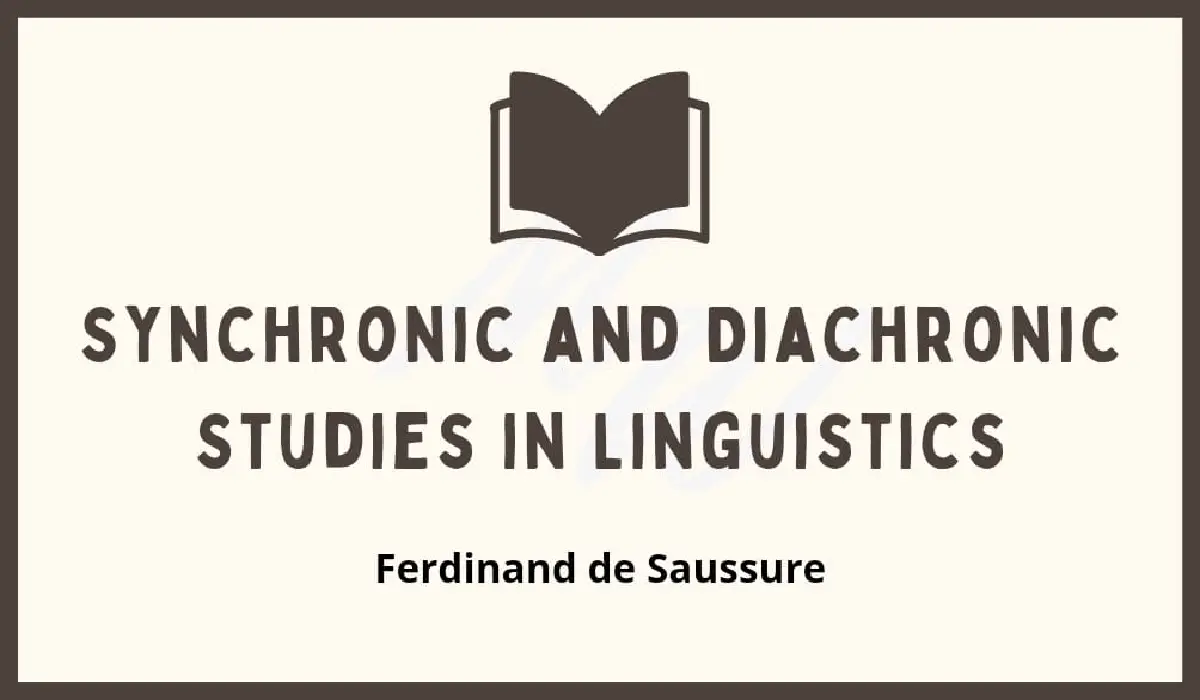
Synchronic and diachronic are the binary pair introduced by Ferdinand de Saussure in his “Course in General Linguistics” (1916). The terms diachrony and synchrony refer, respectively, to an evolutionary phase of language and to a language state. They are two different dimensions of language study which define the two available temporal axes for the analysis of language, which can logically be extended to encompass virtually all forms of human activity.
Théophile Obenga in Genetic Linguistic Connections of Ancient Egypt and the Rest of Africa (1996) says, “In reality, “diachronic and synchronic linguistics interlock”. For example, analyzing the word order in a sentence exclusively in Old English is a study in synchronistic linguistics. But, analyzing how word order changed in a sentence from Old English to Middle or Modern English is considered is a diachronic study. The ‘synchronic-diachronic’ distinction is accepted by most of Saussure’s successors and is valid in the present-day linguistics too.
Synchronic linguistics, also known as descriptive linguistics or general linguistics is the study of a language at a particular time whereas diachronic linguistics is the historical study of language. Synchronic linguistics is the geographic study of language and diachronic linguistics refers to the study of how a language evolves over a period of time.
Synchronic linguistics is the geographic study of language while diachronic linguistics undertake historical study of language. Synchronistic consider language as a static entity not a changing.
Diachronic linguistics is the study of a language through different periods in history. They look at language over a period of time to make comparisons, and would be used, for example to study the development of English pronoun usage. On the other hand, synchronic linguistics is descriptive and they analyzing how the parts of a language or grammar work together, how proper syntax gives a sentence meaning. They do not consider how language has evolved over time.
For example, synchronic linguistics study of how parts of a language combine to form words and phrases whereas the study of how the development of English from the Old English period to the twentieth century occurred is a diachronic study.For example, if we consider the Normans conquest of England in 1066 and the various words they bought with them, a diachronic look could analyse what new words were adopted, which ones fell out of use, and how long that process took for select words. A synchronic study might look at the language at different points before the Normans or after. Note how you need a longer time period for the diachronic study than the synchronic one.